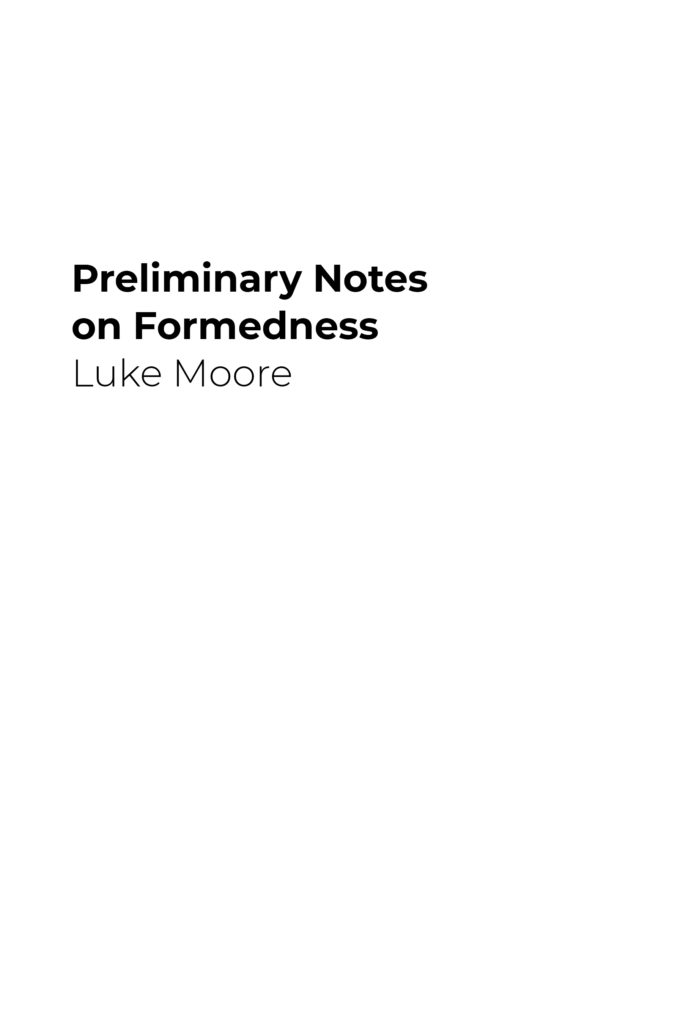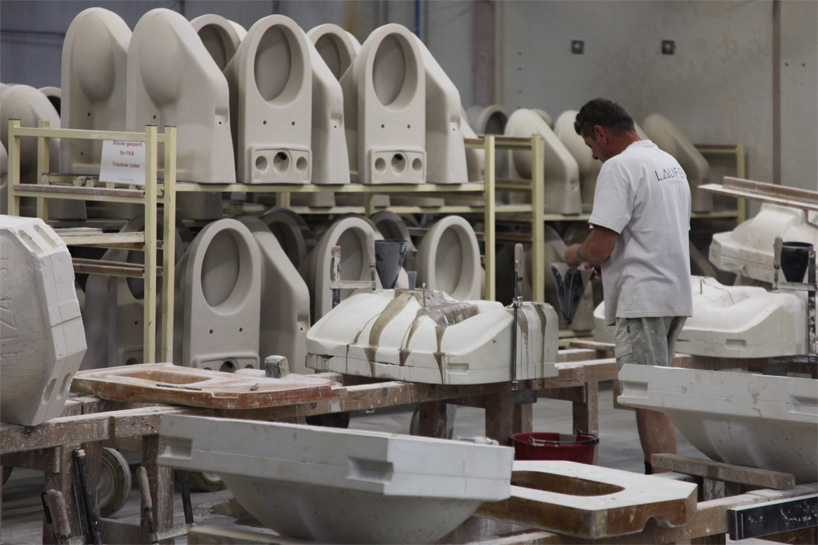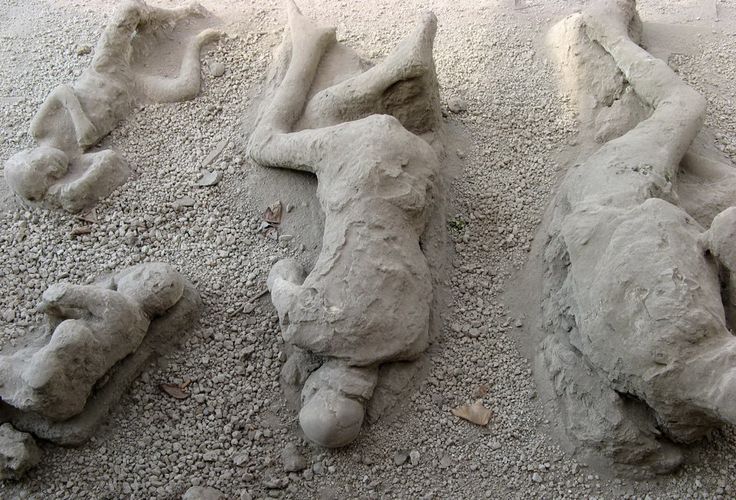
I want to sketch out a mode of thought, a disciplinary amalgam that we could call meta-morphology. What I am here calling “Formedness” (for-MED- ness) names the evasive object of inquiry in this meta-morphological approach, an approach that hopes to trace the contours human-made things and firstly, reverse engineer their social and material ontology, their “having-been-made-ness” – and secondly, to explore the transcendent implications that permeate from manipulated matter more so now than ever, in our age of ceaseless “datafication.”
Meta-morphology names this tracing, and it also marks the intersecting point of aesthetics, sociology, history, technology, economics, and ultimately epistemology– as these fields shift, melt, and recrystallize through time like 5-dimensional tectonics. That is, to think of Formedness is to contemplate simultaneously the material base of human production, the societal zeitgeist, and the vast metaphysical field that coagulates in and through such production. All this is to say, simply, that meta-morphology examines the historically specific conditions, persistent design features,, materials, and ideological values of human-made objects in history, through an admittedly cosmic, if not hallucinatory understanding of Being.

On the more “grounded” side, to think of Formedness is to think through a fundamentally archeological – or at very least, socio-historically diagnostic frame of mind.¹ That is, thinking through Formedness is to approach designed objects as constituent parts that manifest a semiotics of the greater milieu and its correlative epistemologies—whereby such parts are not merely the signs of this milieu, but also the milieu itself.
Simple enough. But in pursuing a discussion of Formedness one must cautiously avoid any reductive tendency toward easy essential- isms, and refuse to flatten the complex prob- lematics of representation, meaning, cogni- tion, subjectivity, materiality, and the unknown. In this preliminary draft, I hope to first explore the qualities of Formedness today, and in so doing, propose a hasty sketch for an unapologetically “techno-mystical” metaphysics of the manifest.
Anthropology of the Present – Things with Ghosts
Today’s Formedness is most often spread across the surface of consumer products – particularly appliances and tech goods – the general and increasingly expansive plethora of novel or utilitarian subject-extensions (tools and toys) that interface with lived experience. Ignore the particularities of function for now, and think of the vast array of recurring and variant forms found throughout every corner of the built environment, from a mass- market coffee maker to a luxury SUV to the Had- ron Collider; think of all those injection-molded plastics, die cast aluminums, routed urethanes, and those extruded acrylics with the heat formed contours and perfectly fitting parts.

Ridged, pleated, ribbed and studded, these molded shapes, pressed with texture or the pristine lack thereof demonstrate the vast meta-landscape of hyper- optimized and computer-regulated productivity of advanced global capitalism. Such forms make up the “minor” yet ever-present architecture of our time. When these many banal forms, made from plastic, metal, or something yet unknown, are considered as a whole, they concatenate a massive vocabulary of contemporary design, of contemporary thing-ness, which is simultaneously both the cause and symptom of our visual everyday, our aesthetic episteme. Furthermore, if we pull back to a more macroscopic or cosmic standpoint, these forms may be conceived of as the material vessels made in, imbued with, and haunted by our collective, awe-inspiringly complex existence within society in and through the fluctuation of time. That is, in short, the sum total of made things, invariably recycled from an unfathomable yet finite quantity of primordial “star dust,” manifests the material mesh that maps – imperfectly and incompletely – the vast expanse of knowledge and experience – and in so doing, points both to the grandeur of existence and the sublime and terrifying void beyond the horizon of the knowable. Both the banal and the extraordinary are always already colored by the shadow of this cosmic expanse- or the Ideal, the Sublime, God, the Lacanian Real, Nietzsche’s “Dionysian Oneness,” or whatever other philosophical formulation that you might plug into this variable – the variable that marks the place of the ineffable.
But back at the level of the mediate and material, the prevalence of particular shapes or patterns, for example, the radial “rounded” corner, is not simply the product of consumer demand or utilitarian necessity, but is of course inter-linked with the capacity of available production technologies: the body of knowledge, if you will, which precedes any executable design or manifestation of Formedness. For example: the smooth, mathematically complex shapes, seemingly inherent in vector-based design constitute a central pillar of contemporary Formedness. And because of that, when these vector-based objects are considered through an understanding of Formedness, one might experience a profound appreciation for the vast solidification of time and inter-subjectively generated knowledge (plus some labor and all that) that precedes such phenomenon. The proliferation of information technology and capitalist expansionism has served to exaggerate this scale and through which Formedness is manifested today.

Or to roll back some of my spiritualist tonality, we could say that it is the very datafication of anything and everything today that forces us to ponder an afterlife of information – and how such ghosts of thought and experience might hover around us and our ostensibly mute objects. That is to suggest that we are in fact living in that “internet of things” – not only because of actual web interconnectivity, but also because, as stated before, such crafted objects themselves already exist as material nodal points in the temporal stream of technical information development – in the stream of “progress” – though I propose no ultimate end. Again, Formedness does not simply distil or depict the productive or technological status quo—Formedness also maintains the ability to both embody and delimit the many facets of socio- psychological conditions. That is, taken to its logical limit, Formedness constitutes the horizon of knowledge made manifest—a concretized field of what is knowable as this field shifts through time.

If moral restraint and delicate grandeur are attendant upon – or dissolved within the stitching of a Victorian gown, what pulses beneath the computational lines of a Tesla Model X? And more so: What might such Formedness of the current represent – “accurately” or not – to a future mind, after catastrophe – to a future pair of eyes that reads our forms as relics, as ruin, as evidence? How might the fragments of our Formedness be interpreted, archived, worshiped, or feared?
¹ Admittedly, at its most basic level, to think of and through Formedness is perhaps a bit old fashioned – because it presumes some degree of faith, or at least interest in the co- gency of meaning itself. However, rather than taking a “Correlationist” viewpoint, where the outside world and subjective cognition are always at odds with one another, I favor a more holistic or interwoven understanding of the age old subject/object dynamic.
